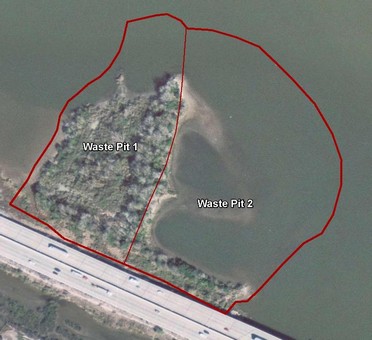In the case of chlorinated compounds, the electrons are transferred to the zero valent metal to the chlorine; releasing Cl- ions.
With recent improvements in nano-particle technology, the ZVI can be incorporated into an injectable slurry where the surface of the ZVI is well exposed to surrounding chlorinated hydrocarbons. It would be interesting to see if the sites with PCB, DDT, and dioxin contamination can be field evaluated for cleanup using zero valent metals (in addition to iron you have zinc as a promising candidate). The new nano-particles combined with non-ionic surfactants and other carrier compounds could allow for a rapid conversion of the waste into forms that can be remediated in-situ by naturally occurring microorganisms. Thereby, reducing costs and risks associated with the traditional excavation and off-site disposal option.



 RSS Feed
RSS Feed